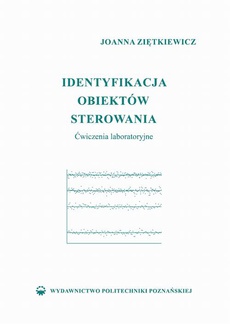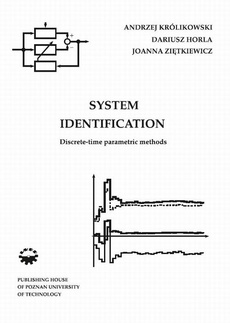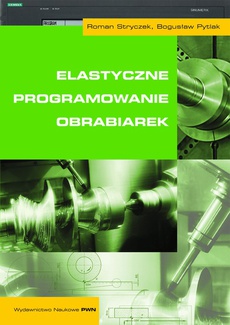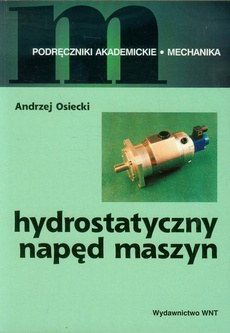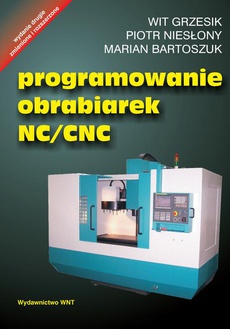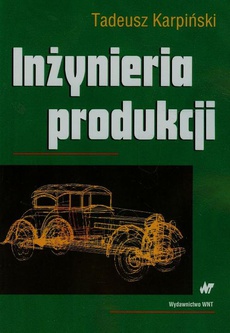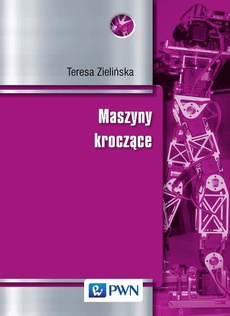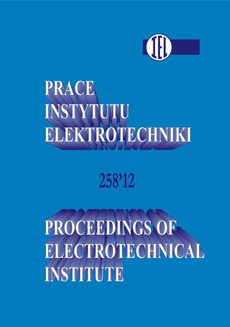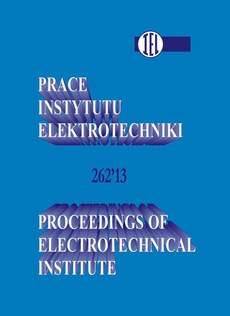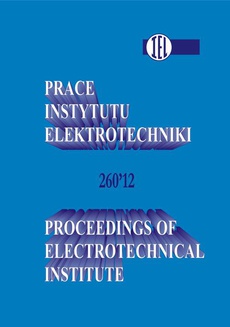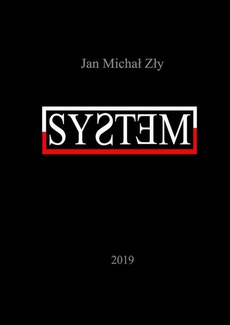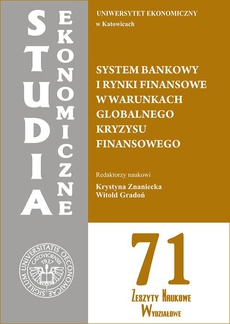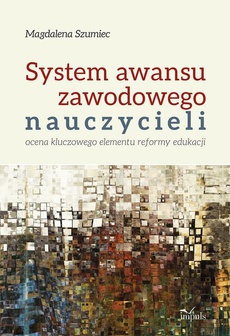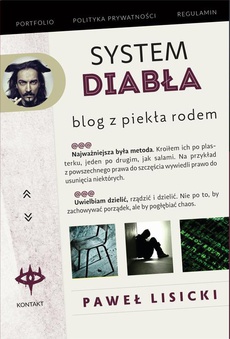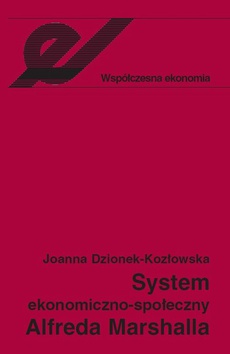INNE EBOOKI AUTORA
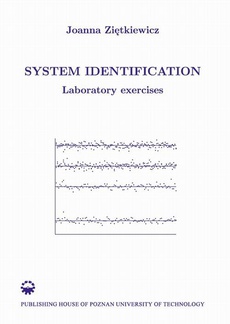
-20%
System identification. Laboratory exercises
Autor:
Wydawca:
Format:
pdf, ibuk
Skrypt powstał na potrzeby ćwiczeń laboratoryjnych z przedmiotu identyfikacja obiektów ste-rowania na Wydziale Elektrycznym Politechniki Poznańskiej. Skrypt jest uzupełnieniem pod-ręcznika Identyfikacja obiektów sterowania, metody dyskretne, parametryczne [12], jednak po-ruszono w nim też dodatkowe zagadnienia związane z identyfikacją nieparametryczną. Zakłada się, że osoby korzystające ze skryptu znają podstawy automatyki oraz analizy sygnałów. Naj-ważniejsze zagadnienia niezbędne do wykonania kolejnych ćwiczeń są tu powtórzone i ewentu-alnie opatrzone odnośnikiem bibliograficznym z myślą o dalszej lekturze. Ćwiczenia w skrypcie przygotowane są w taki sposób, aby można było je przeprowadzić z użyciem środowiska Matlab z edytorem graficznym Simulink. Na końcu książki podano ważniejsze polecenia, które można stosować, programując w środowisku Matlab. Możliwe jest również wykonanie ćwiczeń w pro-gramach na licencji wolnego oprogramowania, jak Octave lub Scilab. Do niektórych ćwiczeń przedstawionych w skrypcie przygotowano dodatkowe plikiMatlaba (dane lub skrypty). Są one dostępne na stronie internetowej [22]: eta-car.put.poznan.pl/joanna.zietkiewicz/dydaktyka/materialyios. Możliwość skorzystania z takich materiałów jest zaznaczona w odrębnych ćwiczeniach.
This textbook accompanies laboratory classes of the course System identification held at the Faculty of Control, Robotics and Electrical Engineering in Poznan University of Technology. It is meant as complementary material to the coursebook ‘System identification. Discrete-time pa-rametric methods’ [12]. However, in this book some issues concerning nonparametric system identification methods are also discussed. It is assumed that the reader has a basic knowledge of automatic control and signal analysis. However, the concepts important for carrying out the pro-posed laboratory exercises are either revised and explained here, or appropriate literature refe-rences are provided. The exercises are prepared in such a way that they can be carried out in Matlab accompanied with Simulink. At the end of the book, the most important Matlab com-mands for the subject are provided. It is also possible to use free software license solutions like Octave or Scilab.
For many exercises, additional Matlab files are provided (data files or scripts), which are availa-ble on the website [22]: etacar.put.poznan.pl/joanna.zietkiewicz/dydaktyka/materialy-ios. When appropriate material is available on the website, it is mentioned in the descriptions of particular exercises.
| Rok wydania | 2020 |
|---|---|
| Liczba stron | 64 |
| Kategoria | Automatyka i robotyka |
| Wydawca | Wydawnictwo Politechniki Poznańskiej |
| ISBN-13 | 978-83-7775-589-1 |
| Numer wydania | 1 |
| Język publikacji | polski |
| Informacja o sprzedawcy | ePWN sp. z o.o. |
POLECAMY
Ciekawe propozycje
Spis treści
| Preface | 7 |
| 1. Continuous-time and discrete-time models 9 | |
| 1.1. Basic information | 9 |
| 1.1.1. Models | 9 |
| 1.1.2. Laurent transform | 9 |
| 1.1.3. Discrete-time models | 10 |
| 1.1.4. Discretisation of continuous-time models | 12 |
| 1.2. Exercises and the report | 13 |
| 1.2.1. Calculations for discrete-time and continuous-time models | 13 |
| 1.2.2. Simulation with continuous-time and discrete-time models | 14 |
| 1.2.3. Discretisation of discrete-time models | 14 |
| 2. Signals in system identification | 16 |
| 2.1. Basic information | 16 |
| 2.1.1. Common signals in system identification | 16 |
| 2.1.2. Statistical characteristics of a signal | 16 |
| 2.1.3. The order of excitation | 19 |
| 2.2. Exercises and the report | 20 |
| 2.2.1. Basic signal characteristics | 20 |
| 2.2.2. The order of persistent excitation | 20 |
| 2.2.3. The order of persistent excitation – calculations | 21 |
| 3. Nonparametric methods – transient and frequency analysis 22 | |
| 3.1. Basic information | 22 |
| 3.1.1. Transient response identification | 22 |
| 3.1.2. Determining the transfer function from the step response | 22 |
| 3.1.3. Frequency analysis | 28 |
| 3.2. Exercises and the report | 30 |
| 3.2.1. System identification using step responses | 30 |
| 3.2.2. Frequency analysis | 30 |
| 4. Nonparametric methods – correlation and spectral analysis | 31 |
| 4.1. Basic information | 31 |
| 4.1.1. Impulse response model | 31 |
| 4.1.2. Correlation analysis | 31 |
| 4.1.3. Spectral analysis | 32 |
| 4.2. Exercises and the report | 33 |
| 4.2.1. Correlation and spectral analysis | 33 |
| 4.2.2. FIR model | 33 |
| 5. Deterministic models and the least-squares method | 34 |
| 5.1. Basic information | 34 |
| 5.1.1. Deterministic models in parametric system identification | 34 |
| 5.1.2. Least-squares method | 36 |
| 5.1.3. Influence of the persistent excitation order on parameter estimation | 36 |
| 5.2. Exercises and the report | 37 |
| 5.2.1. Parameter estimation for a system without a delay | 37 |
| 5.2.2. Parameter estimation for a system with a delay | 37 |
| 5.2.3. Influence of the excitation order on the estimation | 38 |
| 6. Stochastic models and the least-squares method 39 | |
| 6.1. Basic information | 39 |
| 6.1.1. Elementary stochastic models in system identification | 39 |
| 6.1.2. Least-squares method for the ARX model | 40 |
| 6.1.3. Evaluation of the system identification result | 41 |
| 6.2. Exercises and the report | 42 |
| 6.2.1. Parameter estimation for the ARX model | 42 |
| 6.2.2. Evaluation of the results | 43 |
| 7. Model order estimation 44 | |
| 7.1. Basic information | 44 |
| 7.1.1. Estimation of the order | 44 |
| 7.2. Exercises and the report | 45 |
| 7.2.1. Estimation of the order in a case without disturbance | 45 |
| 7.2.2. Estimation of the order in the presence of disturbance | 46 |
| 8. Instrumental variables method 47 | |
| 8.1. Basic information | 47 |
| 8.1.1. ARMAX and OE models | 47 |
| 8.1.2. Instrumental variables method | 48 |
| 8.2. Exercises and the report | 49 |
| 8.2.1. Comparison of the least-squares and instrumental variables methods | 49 |
| 8.2.2. Instrumental variables method and the order estimation | 50 |
| 9. System identification in a closed loop 51 | |
| 9.1. Basic information | 51 |
| 9.1.1. Problem of system identification in a closed loop | 51 |
| 9.1.2. Conditions for identifiability in a closed loop | 51 |
| 9.1.3. Solution to the problem | 52 |
| 9.2. Exercises and the report | 52 |
| 9.2.1. Identifiability conditions for the system in a closed loop | 52 |
| 9.2.2. Solution to the problem of unidentifiability | 53 |
| 10. Recursive estimation methods 54 | |
| 10.1. Basic information | 54 |
| 10.1.1. Recursive least-squares method | 54 |
| 10.1.2. Recursive instrumental variables method | 55 |
| 10.1.3. Recursive extended least-squares method | 55 |
| 10.2. Exercises and the report | 56 |
| 10.2.1. The choice of the method matching the system | 56 |
| 10.2.2. Recursive identification | 57 |
| Matlab commands | 58 |
| References | 63 |

